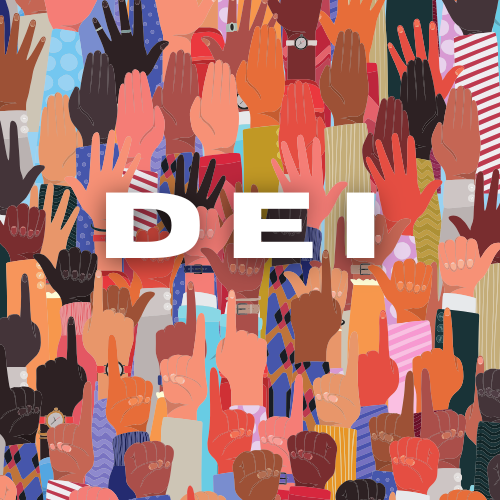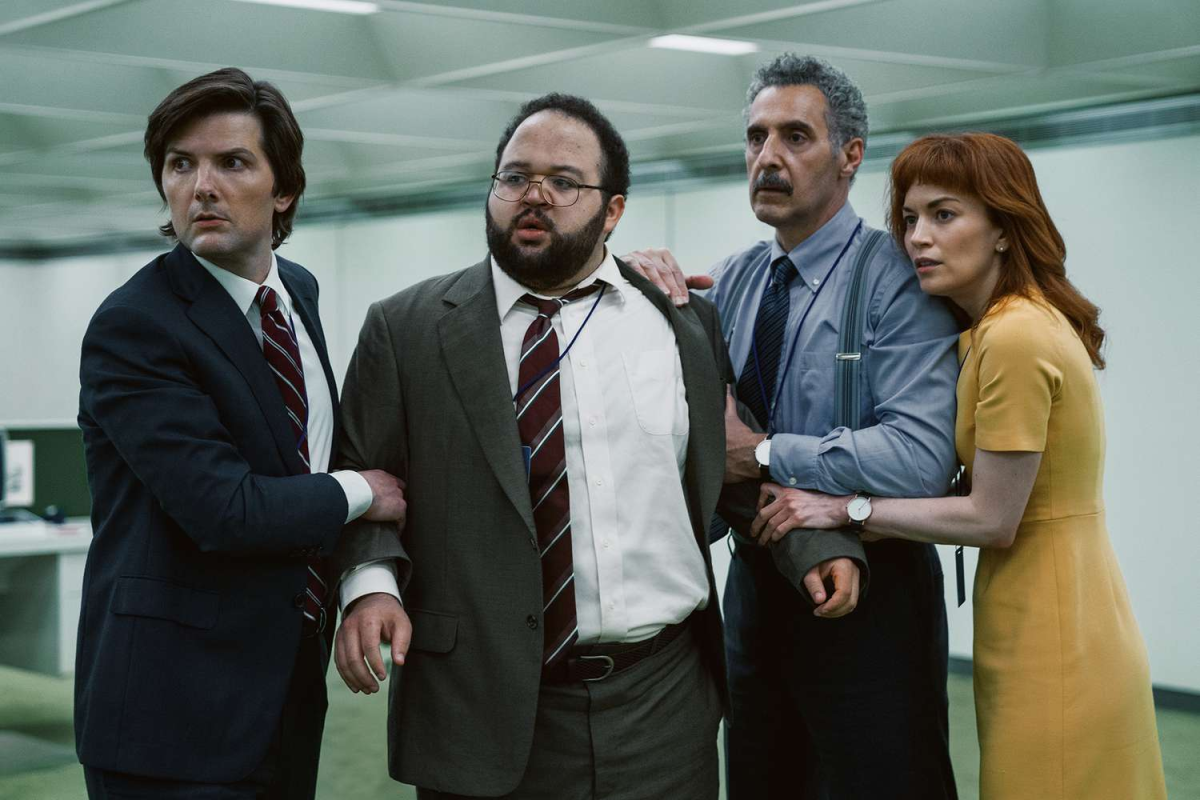Metropolitan Onufriy, the highest-ranking church official of Kyïv and Ukraine, issued the following appeal on Feb. 24, 2022, the day of Russia’s full-scale invasion of Ukraine:
Defending the sovereignty and integrity of Ukraine, we appeal to the President of Russia and ask for an immediate end to the fratricidal war. The Ukrainian and Russian peoples came out of the Dnieper baptismal font, and the war between these peoples is a repetition of the sin of Cain, who killed his own brother out of envy. Such a war has no justification either with God or with men.
Since the beginning of the war, the Ukrainian Orthodox Church, or UOC, has raised large sums of money and other supplies for the Ukrainian Armed Forces, or UAF, as well as contributed humanitarian efforts. For example, Archpriest George Prokopchuk has been photographed with a car donated to the UAF; it was purchased with donations from parishioners.
The UOC previously had a formal connection with the Moscow Patriarchate, part of the Russian Orthodox Church, but declared itself fully independent in the early days of the war. The UOC has shown its loyalty to Ukraine every step of the way, but this has not stopped the Ukrainian government and nationalists from unleashing full-blown persecution against the church. Hyper-nationalists, including clergy and laity of an unrecognized “Orthodox Church of Ukraine,” have begun to perform acts of terror with impunity.
Just this past week, the authorities of the Ukrainian city Ivano-Frankivsk used tear gas to remove the faithful from a UOC church and designated the Ivano-Frankivsk Oblast region as “being cleansed of the Ukrainian Orthodox Church.” The Advisor to the Office of the President went on television to call for Ukraine to ignore all United Nations reports regarding its persecution of Orthodox Faithful.
In Khmelnitsky, where my Jewish ancestors survived many pogroms in years past, a council member called for the expulsion of the UOC and got a man to put on a military uniform, violently enter the temple, throw the gospel onto the floor, and attempt to beat up a priest. The sub-deacon’s physical response to this was then shared on social media by the council member. This was in turn used as justification for the government to seize all UOC churches in the area.
While such horrors happen all throughout Ukraine, especially in its Western region, the main showdown is taking place in the city of Kyïv. The Kyïv-Pechersk Lavra is a thousand-year-old monastery that holds the relics of many Orthodox saints, and has withstood many invasions and persecutions, most notably at the hands of Polish Catholics, the Nazis, and the Soviet Union.
On March 10, the Ukrainian government released an expulsion order for the UOC monks who reside in the Lavra and the closure of the Kyïvan Theological Academy and Seminary, also known as KDAIS. This expulsion was unilateral, and Zelensky did not condescend to meet with anyone from the monastery; since the order, the Lavra’s abbot was put under a 60-day house arrest. As the eviction deadline of March 29 grew closer, tensions rose.
The overwhelming majority of the monks and seminarians, as well as thousands of faithful of all ages, have been holding out in front of the Lavra for several days straight with no end in sight, while enduring mockery and violence that most people cannot even begin to imagine. Several photos show seminarians holding the Ukrainian flag as they are accosted by activists; these speak to me, as they shows a group of young men who can rejoice in their faith even as they stare down the barrel of a gun. Countless seminarians at KDAIS have close friends and relatives on the front lines.

A young lady was singing in the church choir when the prayer was interrupted by activists. She fell on her knees in prayer in front of them as they began dancing around her to a song about wanting to kill Russians.

This self-proclaimed satanist said, “We need to put [the abbot] on his knees in the forest and shoot him in the head and let this video go through all the Russian media. There can be no talk, no house arrests. We are not Christian; we are ancient pagans.” This is just the tip of the iceberg; there are countless other photos and videos that show the extent of the horror happening right now.
Oleksiy Danilov, the secretary of Ukraine’s National Security and Defense Council, said that “Force will not be used to evict representatives of the Ukrainian Orthodox Church from the Kyïv-Pechersk Lavra,” but added that “the monks are expected to leave quietly.” The past weeks have shown that the monks will not leave quietly, and if the government wants them to leave the place where they have prayed for centuries, force will be necessary.
Ukrainian politicians knew this when they sent the eviction notice last month. Where they miscalculated is thinking that the only voices defending the monks and seminarians would come from Russia, which would only confirm their prior belief in the need to eradicate the UOC. Instead, nearly the entire Christian Orthodox world, as well as many other Christian and human rights organizations, have spoken out in their defense. These include, but are not limited to:
1. The Office of the High Commissioner of Human Rights of the United Nations
2. Western embassies in Ukraine
3. Pope Francis
4. The World Council of Churches
5. The Orthodox Patriarchate of Antioch and All the East
6. The Orthodox Patriarchate of Georgia (Catholicos)
7. The Orthodox Patriarchate of the Serbian Lands
8. The Orthodox Patriarchate of Bulgaria
9. The Orthodox Patriarchate of Jerusalem
10. The Orthodox Church of the Czech Lands and Slovakia
11. The Orthodox Church of Poland
12. The Orthodox Church in America
13. The Orthodox Church of Albania
14. Bishops and institutions under the Churches of Greece and Cyprus.
A year after Russia withdrew from Kyïv, and with the front line hundreds of miles away, perhaps the biggest standoff in determining Ukraine’s future is happening right in the middle of its capital city. Many of the same people who looked on in horror at Russia’s actions are now appalled at those of the Ukrainian government, whose new adversary possesses no guns or ammunition and is made up largely of women and the elderly.
With cell phone cameras everywhere, few things can escape recording and quickly wind up online. While it would be physically easy for the government to rid the Lavra of everyone they do not want, it would be a political disaster. As the standoff continues, millions of eyes from all around the world will remain on the Kyïv-Pechersk Lavra, with implications reaching throughout and beyond Ukraine.





























